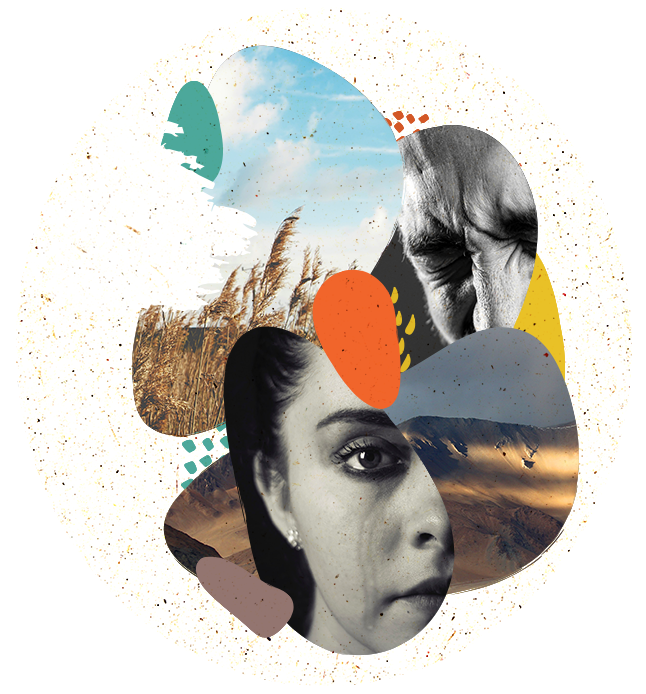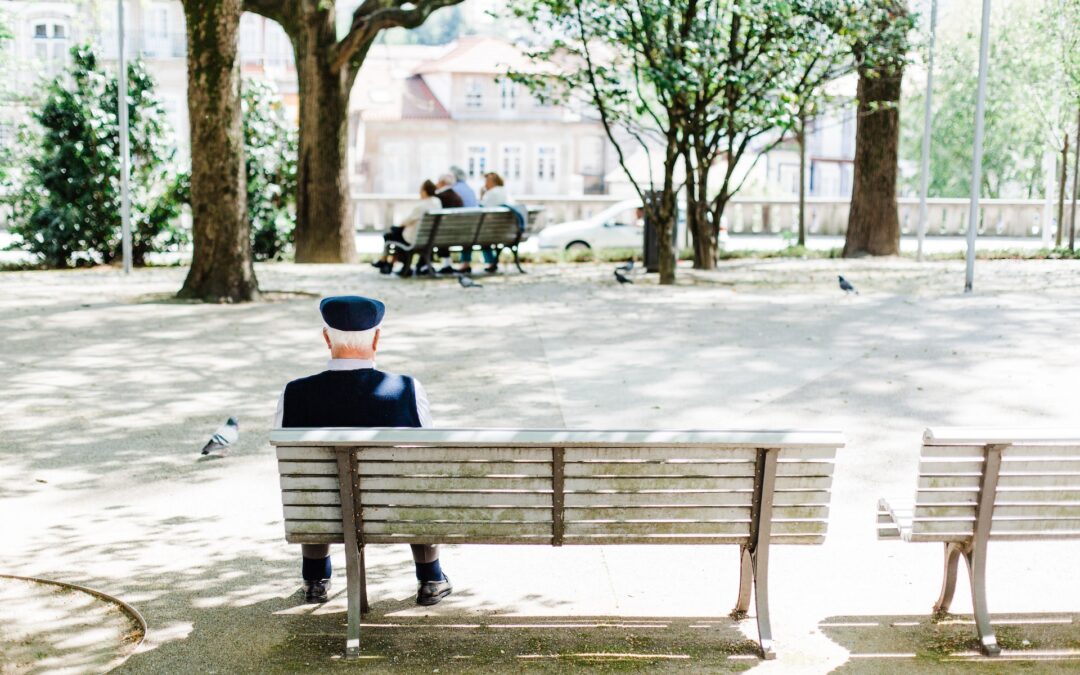What is grief?
Grief is the breaking of the emotional bond with the loved one. This de facto leads to the healing process of the cut link. This is what the grieving process is all about. It is an incredible intelligence that knows exactly how to proceed in order to heal the inner wound and preserve the integrity of the psyche.
Obviously, the intensity of grief is proportional to the degree of attachment to the person who has died.
There is no such thing as a type grief, no absolute norms. Grief is a unique experience for everyone. So there is nothing « abnormal » in what is experienced.
Solitary journey
First of all, in the solitary journey of mourning, the support of loved ones, help associations or even psychologists is essential. This relieves the grief of the bereaved person and facilitates a smooth process of mourning.
This support helps the person to undertake the » work of mourning « , a voluntary process that is essential to accompany the natural healing process.
Confronting emotions with authenticity is what allows us to free ourselves from their embrace. Then, by gradually accepting to confront the violence of the absence of the loved one, the bereaved person learns to encounter the loved one again in a different way. The bereaved builds a new inner bond with the deceased loved one.
It will take time for the grieving person to reach the end of the tunnel. But it is a certainty that eventually he or she will get there. Slowly they will be able to begin to see a way back to life, to rebuild their lives harmoniously. It becomes possible to live without the presence of the loved one, but still in intimate connection with him/her forever.
The four phases of grief
If the experience of mourning is unique for each person, its course is the same for all: in four stages.
Phase 1: Shock and bewilderment
First of all, upon hearing the news of the bereavement, the bereaved person is in a state of disbelief, even radical denial. No doubt that protective mechanisms are put in place to preserve his consciousness of the enormity of what has just happened.
Phase 2: The flight, the search
Secondly, the bereaved person mobilizes a colossal amount of energy to try to escape the suffering (hard work, hyperactivity, various addictions…). Clearly, the person seeks and tries to preserve, at all costs, the interrupted relationship with the loved one: need to touch his/her clothes, smell his/her smell, look at his/her photos and videos, hear his/her voice…
Afterwards, the bereaved person understands that his or her external relationship with the loved one is definitively broken, that it is irremediable. The pain can reach an unprecedented paroxysm, with a depressive experience in which the emotions have a considerable intensity. There is a total loss of reference points and structure, a deep feeling of loneliness.
Eventually, a different kind of bond is being reestablished between the bereaved person and the loved one. As time goes on, the external relationship gives way to an internal one. Slowly, the bereaved person begins to see the possibility of a return to life. In this respect, one redefines the relationship to oneself, to others and to the deceased.

Emotions experienced during grief
Grief is fundamentally an emotional process. It is undeniable that the bereaved person experiences emotions of a rare intensity. As one might expect, fear, anxiety, guilt, anger, irritation, revolt, depression…will take hold of the bereaved person for weeks, months or even years. Of course, with a unique duration, intensity and rhythm for each.
Certainly, accepting and expressing one’s emotions is the surest way to heal the broken emotional bond with a loved one. Listening to a loved one or a caregiver, or writing, will encourage the expression of these emotions.
Answering the three essential questions of grieving is also of considerable help, they are real therapeutic tools.
In general, grief reactivates past suffering from breakups, losses and separations experienced in the childhood and adult life of the bereaved person. It is the entire personal history that constitutes the prism through which he/she will perceive and live the grief.
Through the joint work of the grieving process and the mourning , the bereaved person will experience an inner alchemy that will transform him or her forever. Taking care of oneself with patience and kindness is what will gradually and surely lead one to peace.
A taboo subject
It is amazing to see how death is a taboo subject in our society, even though it is an experience shared by all. Indeed, today more than 80% of individuals die in hospitals, death is hidden, exfiltrated from the human community. In the past, people died at home. Rituals such as funeral wakes allowed the family and friends to gather around the body exposed to the public for several days. There was a closeness and familiarity with death.
Today, like birth, death has left the home. In doing so, a whole ancestral knowledge has disappeared, bringing in its wake fear, anxiety, ignorance of what mourning is and the loss of a sense of belonging to the human community.
To evacuate death is to silence it, it is also to silence mourning. Society fills this void with inappropriate presuppositions and injunctions that add suffering to suffering.
It is necessary to speak freely, to inform on what is mourning, to invite the relatives to share the experience of this intimate and painful journey. Restoring the common and individual rituals is to give meaning to this ultimate passage. This contributes to the emergence of psychological, social and spiritual references that bind a community together. And that soothes the pain of the bereaved.
Don’t hesitate to ask for help to support you in your grief. Make an appointment now with one of our mental health professionals by clicking here.
Source: https://mieux-traverser-le-deuil.fr/le-deuil

